Famous women in history: 10 influential women from around the world
We explore the lives of 10 influential women who have shaped the world we live in today.
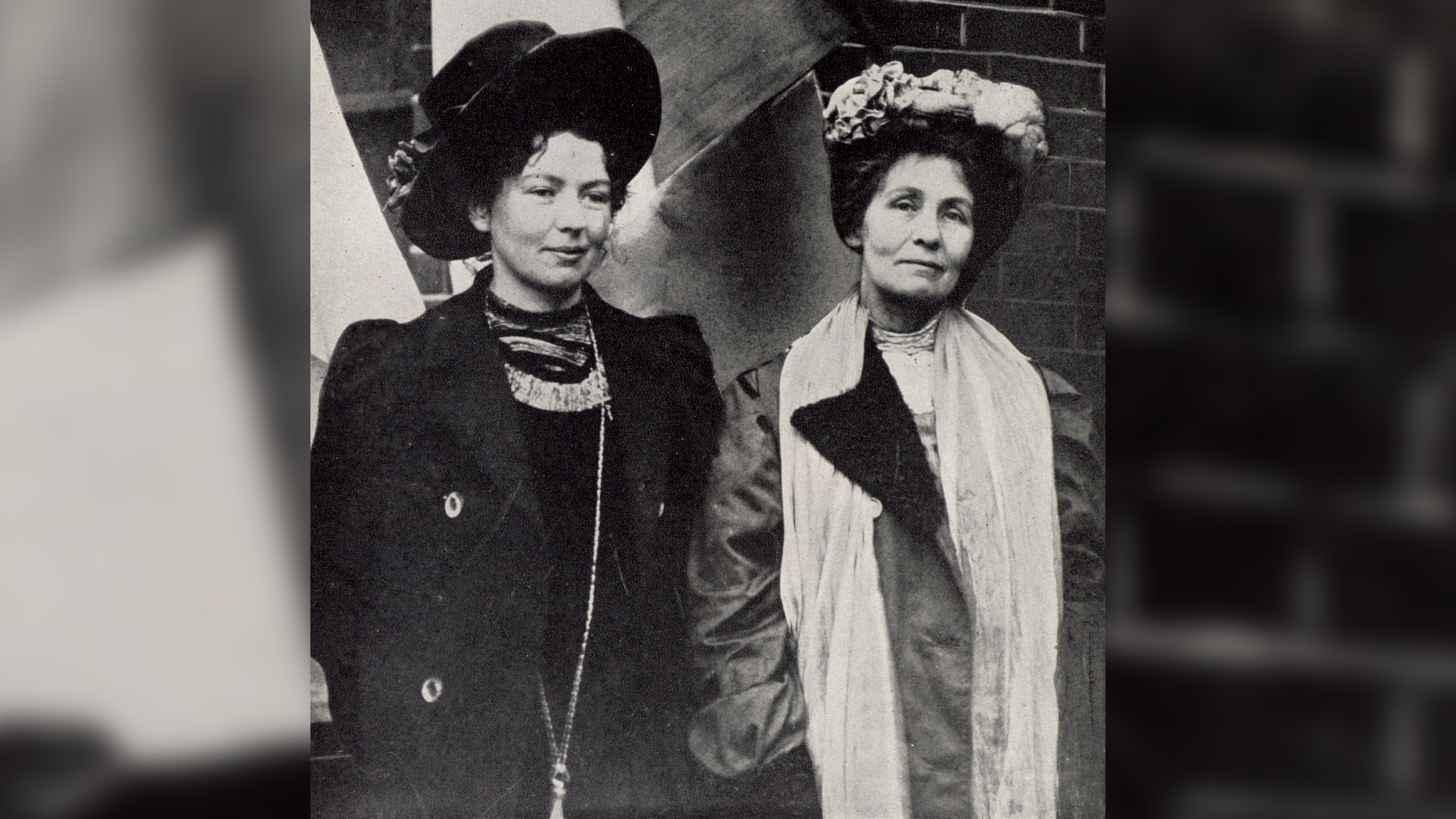
There have been many influential women throughout history. While women's history has often been ignored or even erased over the centuries, many women have made huge impacts on society through activism, art, politics and leadership.
Women's History Month — observed annually in the month of March — is a perfect occasion to discover more about the female revolutionaries, politicians and campaigners who are simply too important to be forgotten.
Here are some of the most influential women in history.
Related: 20 amazing women in science and math
Ruth Bader Ginsburg (1933-2020)
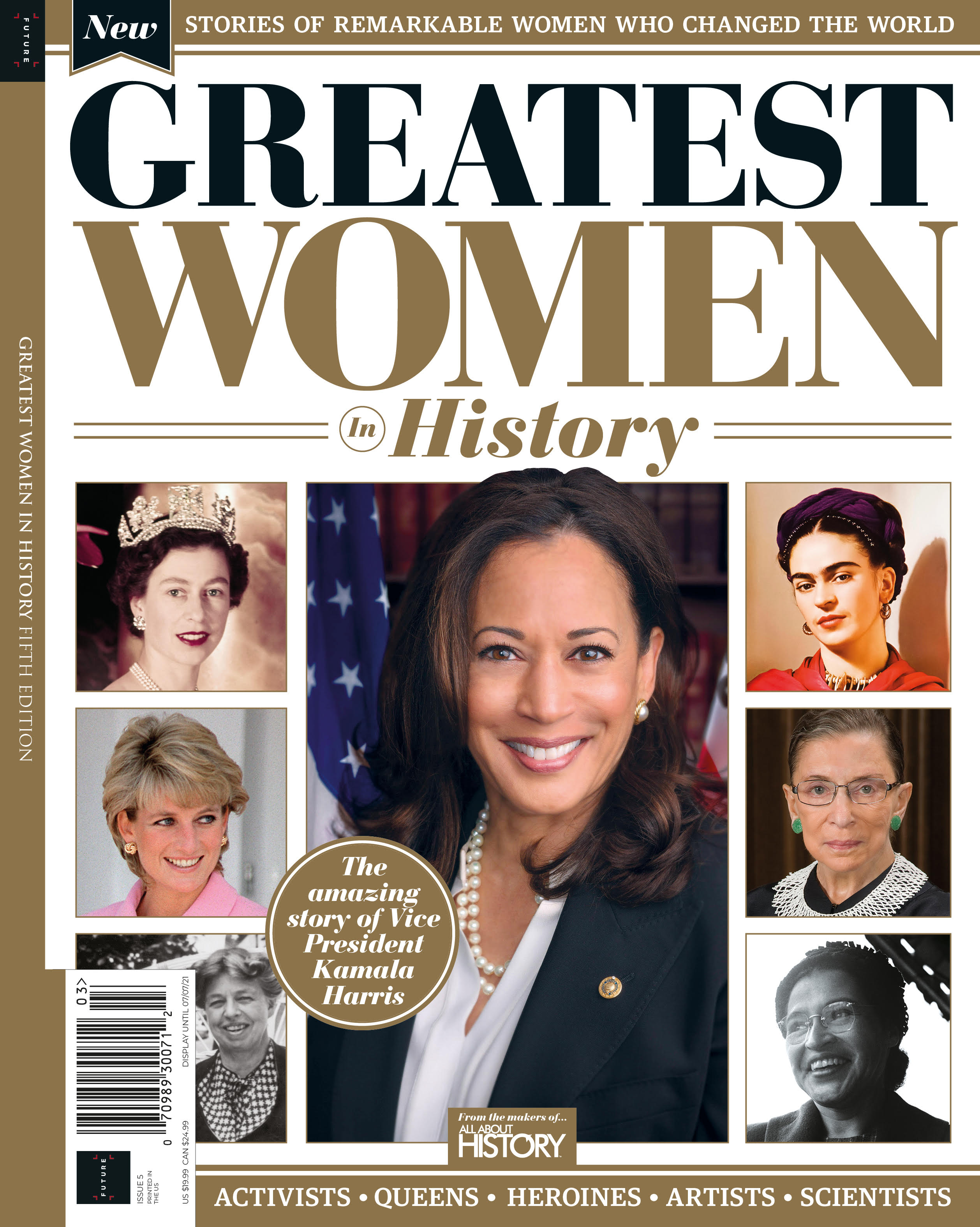
In this special edition from the makers of All About History magazine, discover the stories, accomplishments and adventures of just some of the many inspirational women who have made their mark on the world. Available now exclusively in the U.S. and Canada. Pick up a copy from your nearest Barnes & Noble, Books-A-Million, Sam's Club, Whole Foods and online at Magazines Direct.
When Ruth Bader Ginsburg passed away in September 2020, the United States mourned the loss of one of its foremost champions of gender equality. Throughout her career as an attorney, judge and associate justice of the Supreme Court, Ginsburg’s commitment to the principle of equal justice under the law transformed the legal landscape in the U.S. — particularly for women.
Ginsburg’s work began at Harvard Law School, where she was one of only nine women in a class of 500 students, according to an obituary in the New York Times. Despite finishing top of her class when she graduated as a transfer to Columbia Law School, she struggled to find employment. Eventually, in 1963, she became a law professor at Rutgers Law School, where she turned her attention to gender discrimination. She argued six cases before the Supreme Court as a lawyer with the American Civil Liberties Union, winning five.
In 1993, President Bill Clinton nominated her to the Supreme Court, where she worked for 27 years through cancer and other illnesses. Her history of dissenting opinions on the court built her up as an icon and, as Rolling Stone wrote, earned her the moniker “the Notorious RBG.’”
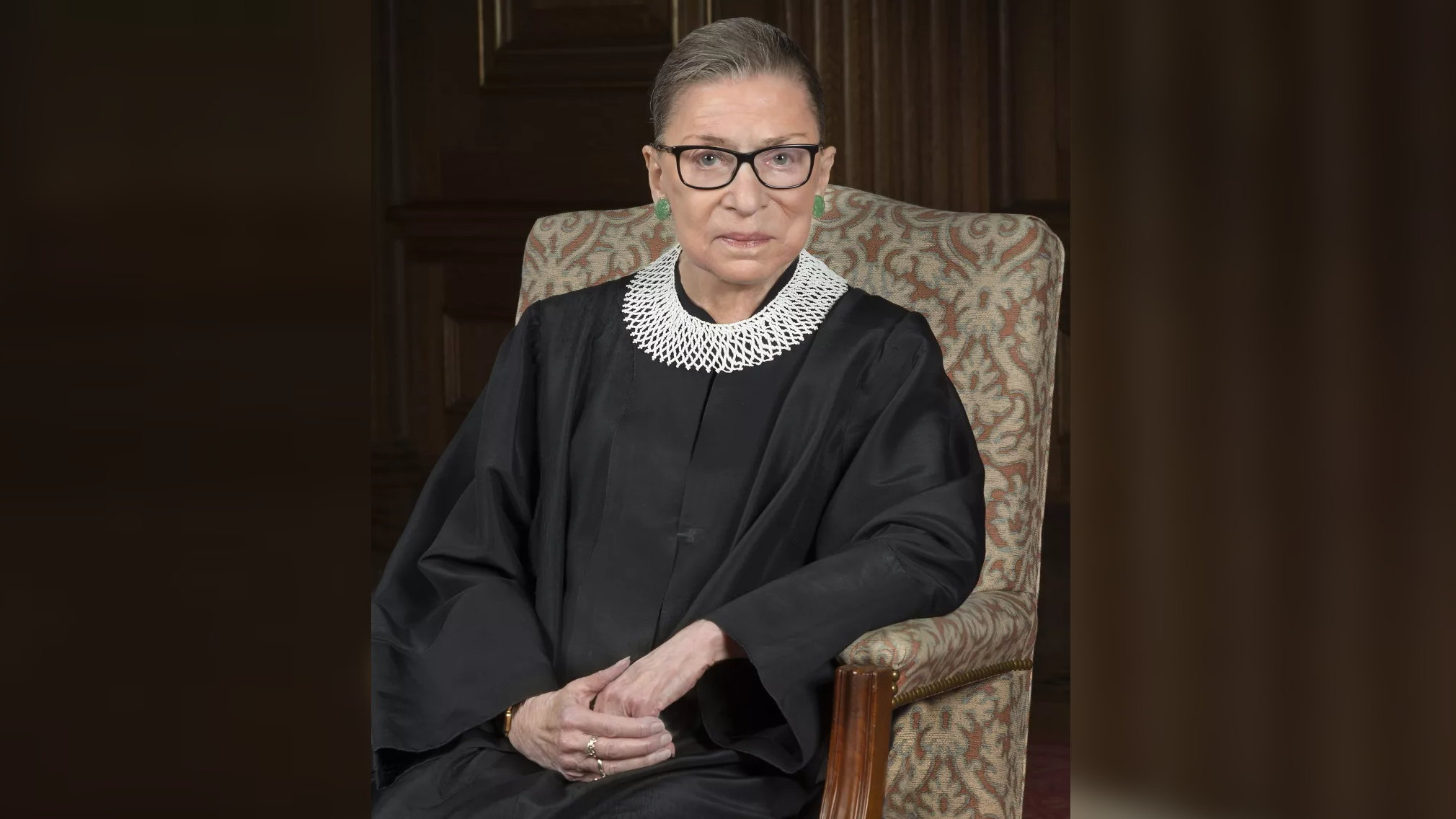
Throughout her career, Ginsburg promoted causes such as financial equality for women, as noted by Forbes; equality in education, as reported by Inside Higher Ed; LGBTQ+ rights, per the American Bar Association; civil rights for immigrants and undocumented people, as described by NBC News; and rights for people with disabilities, according to the Center for Public Representation.
Harriet Tubman (1822-1913)
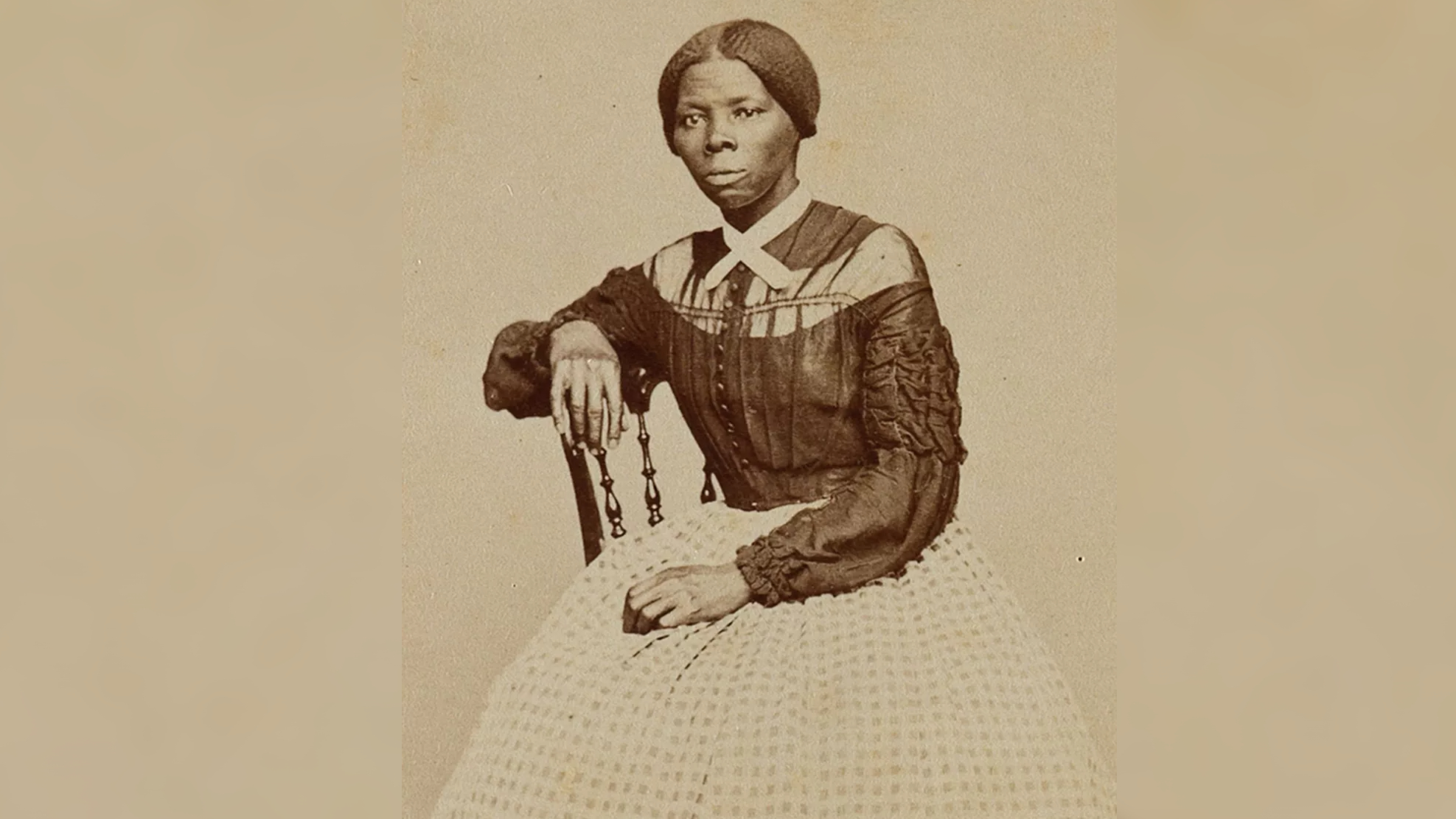
Harriet Tubman was born into slavery but found her freedom traveling alone via the Underground Railroad. She would go on to free around 300 enslaved people in the years that followed.
Tubman began her work on the Underground Railroad by retrieving members of her own family, including her parents, several siblings and various nieces and nephews, according to biography.com. When the Civil War began, she supported the Union, working as a spy and a nurse before leading the daring Combahee Ferry Raid, which freed more than 700 enslaved people. Later in life, she became a prominent voice in the abolitionist movement and also fought for voting rights for women, helping to shape a path from slavery and discrimination toward justice in the United States.
Related: 4 myths about the history of American slavery
Emmeline Pankhurst (1858-1928)
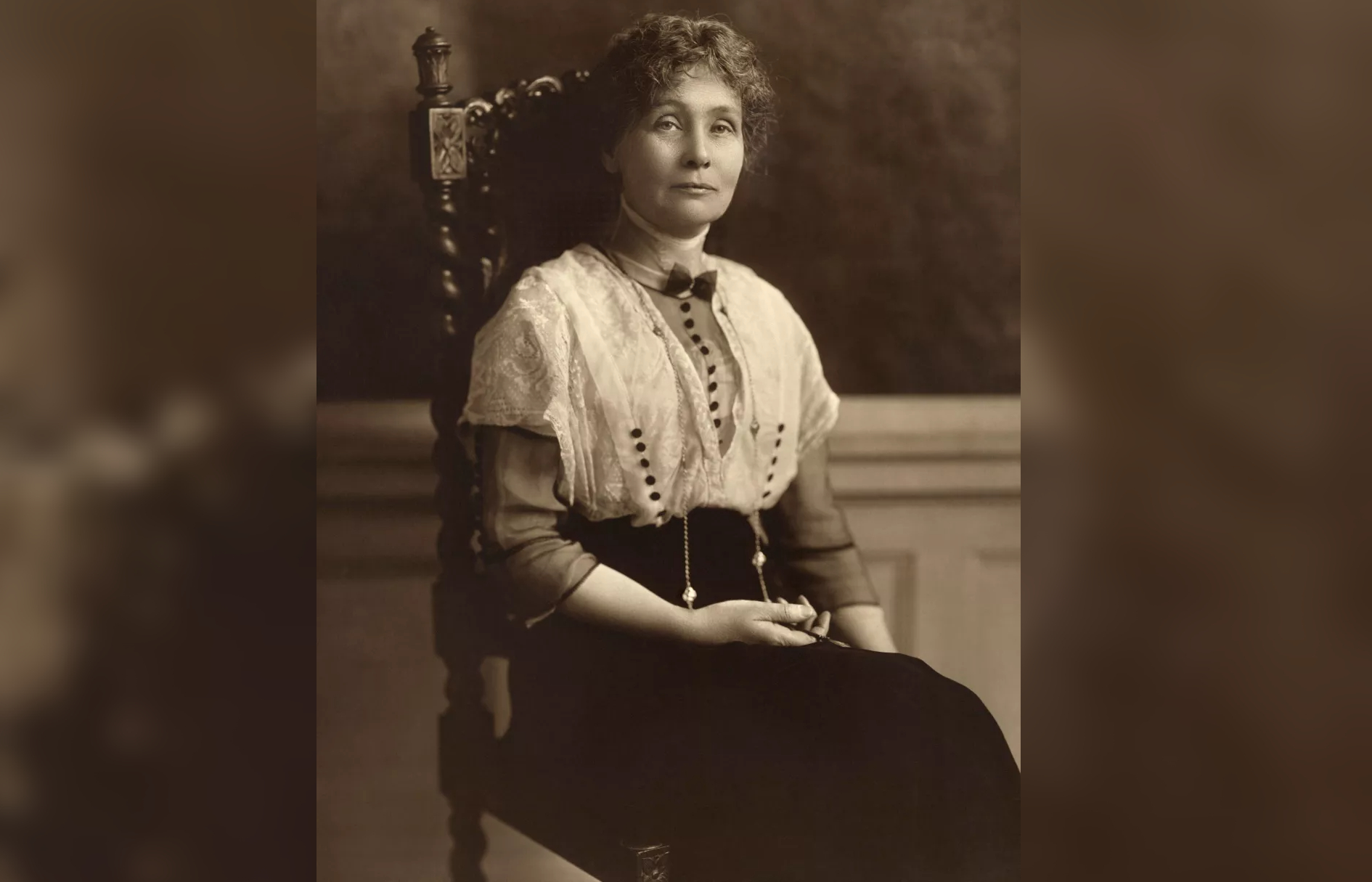
“We are here, not because we are lawbreakers; we are here in our efforts to be law-makers.” These immortal words by Emmeline Pankhurst in her autobiography ("My Own Story", Hearst's International Library Company, 1914) encapsulated the British women’s suffrage movement in the late 19th and early 20th century. As the iron-willed leader of the Women's Franchise League and later the Women's Social and Political Union (WSPU), she fought for women’s right to vote in the United Kingdom — by any means. The WSPU's motto was “Deeds, not words,” and the group used vandalism, violent protest and arson as means to bring about social change.
Pankhurst believed that it was necessary to go beyond civil disobedience in support of her cause, claiming in one 1908 speech: "It is because we realize that the condition of our sex is so deplorable that it is our duty even to break the law." This resolve saw her arrested on countless occasions. She argued that unless women were given political power, the laws of the country wouldn’t have an equal standard of morals.
On the year of her death, according to the BBC, British women were finally granted the right to vote from the age of 21 — equal to the voting requirements for men.
Related: Top 12 warrior moms in history
Empress Dowager Cixi (1835-1908)
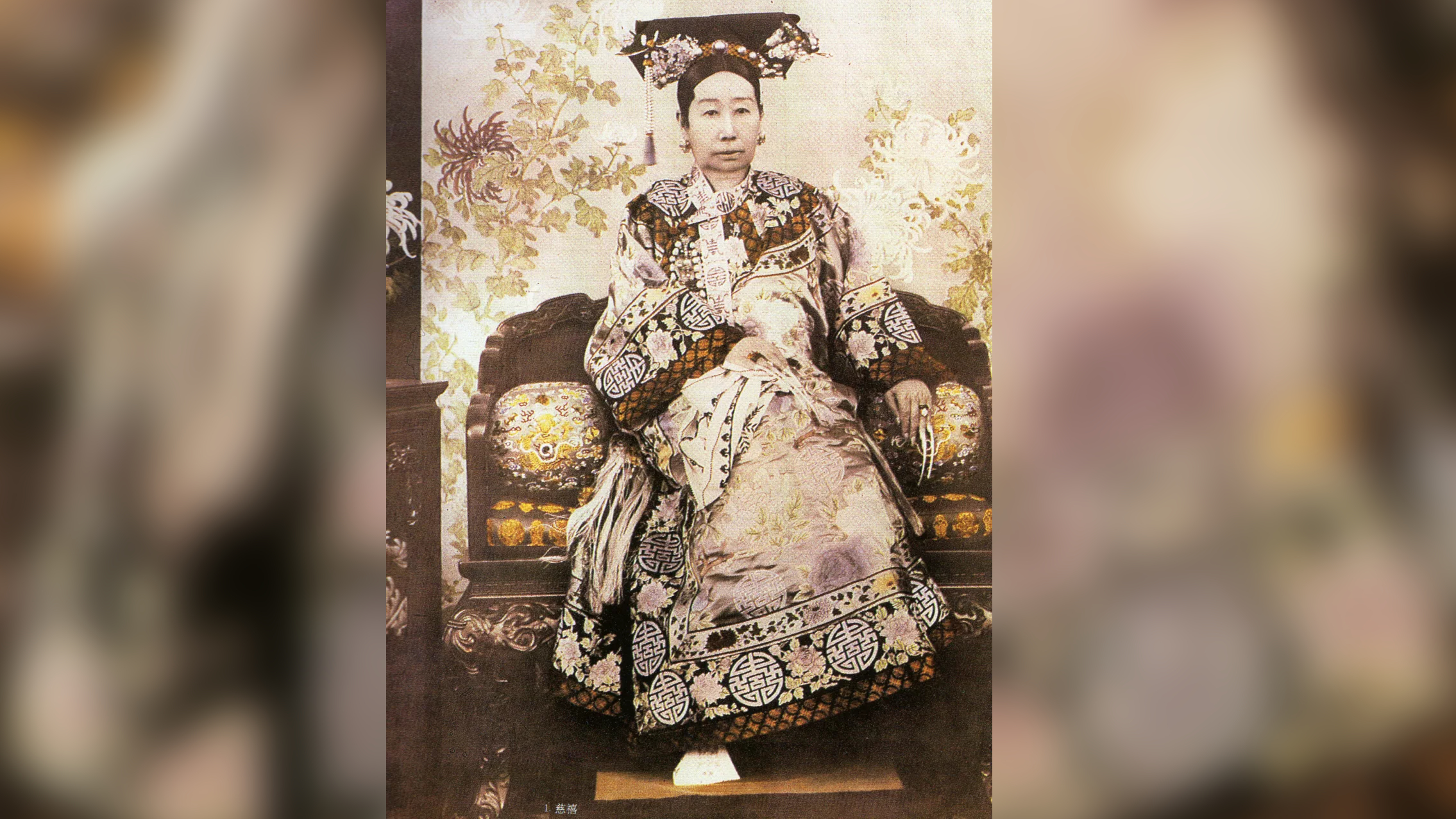
Born in the winter of 1835 during the Chinese Qing dynasty, Cixi was the daughter of a low-ranking official but received a good education and, as stated by National Geographic, could probably read and write. In 1851, she became one of the Xianfeng Emperor’s concubines — a great honor at the time. According to the Smithsonian, Cixi quickly surpassed her fellow concubines in the emperor's favor.
When the emperor died, Cixi’s son was poised to become the new emperor. The former concubine formed alliances with some of his regents and had others killed in an 1861 coup, leaving her in control of the empire. She remained a powerful but unofficial head of Imperial China until her death in 1908.
She is considered China’s last and most famous empress, as reported by the Smithsonian, and is known for shaping rebellions, policies and the court of Imperial China for more than 50 years.
Related: Forbidden City: home to Chinese emperors
Rosa Parks (1913-2005)
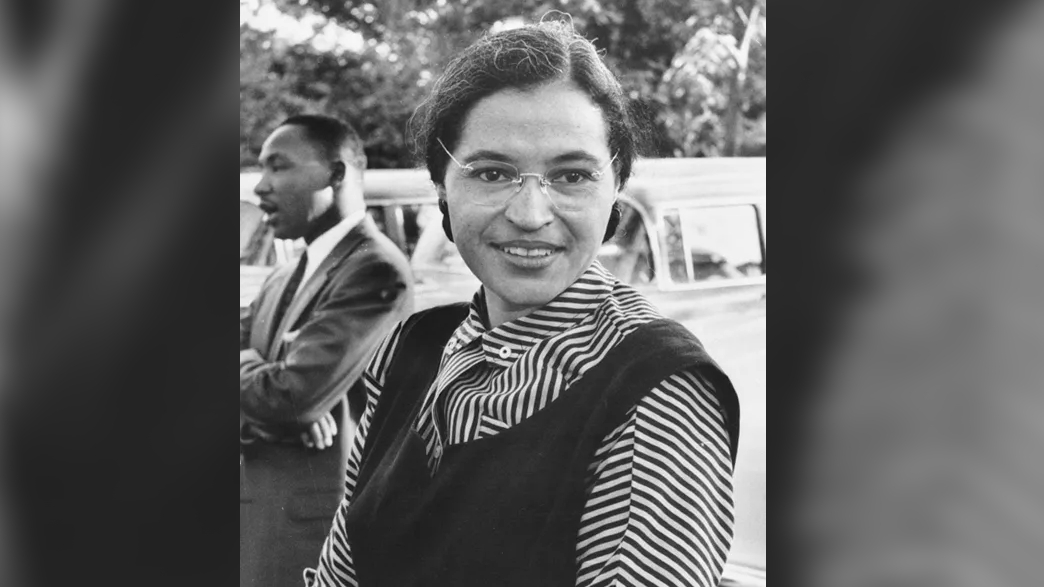
During the 1950s, U.S. society was largely segregated between Black and white citizens, including on public transport. On Dec. 1, 1955, seamstress Rosa Parks refused to give up her seat to a white passenger on a bus in Montgomery, Alabama, for which she was arrested. In response, Parks mobilized the NAACP (National Association for the Advancement of Colored People) to boycott buses and draw national attention to inhumane segregation laws in the Southern states.
After successfully challenging the law and seeing segregation ruled unconstitutional by the courts, Parks continued as a prominent voice and symbol of courage in the civil rights movement, according to CNN. Her act of defiance had ignited the movement, according to the National Women’s History Museum, and her continued activist work in Detroit after the bus boycott added to her legacy in the fight against injustice and discrimination.
Related: 7 reasons America still needs Civil Rights movements
Frida Kahlo (1907-1954)
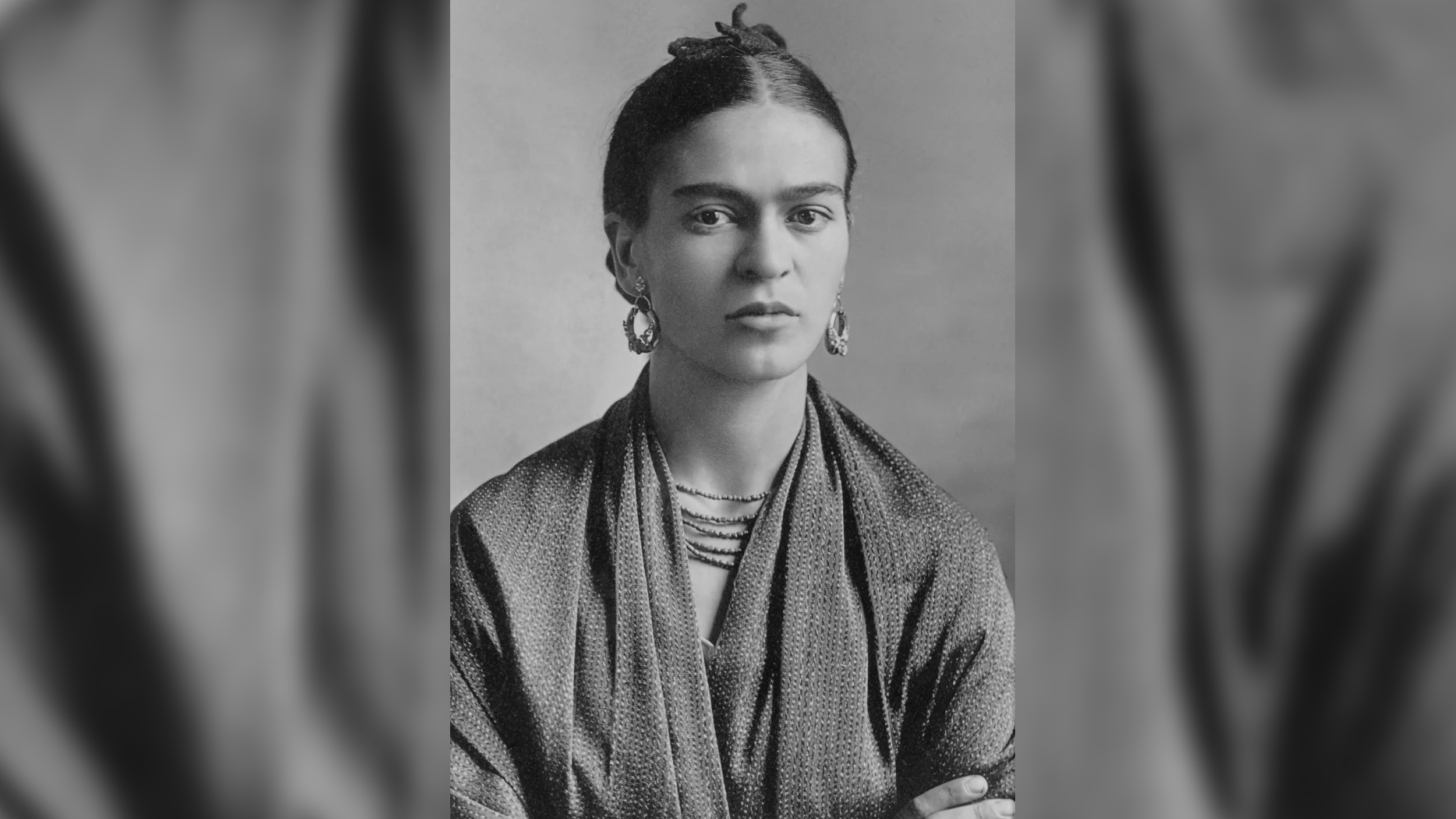
Despite later becoming one of the most celebrated and recognized artists of the 20th century, Frida Kahlo spent much of her early life bedridden and in agonizing pain. She contracted polio at a young age and was involved in a horrific bus accident when she was only 18 years old. However, it was during her long recovery that Kahlo found her love of art, in time developing her unique style that would become recognizable around the world.
In 1922, she was among only 35 girls to enroll in Mexico City's National Preparatory School, where she became involved in the school's political and artistic circles. Her political awakening included a passion for Mexican identity, which would greatly influence her art. In her article "Aztec Imagery in Frida Kahlo's Paintings," published in 1990 in Woman's Art Journal, historian Janice Helland explained: "As [Kahlo] sought her own roots, she also voiced concern for her country as it struggled for an independent cultural identity. Her life and even her death were political."
A tumultuous marriage to fellow artist Diego Rivera, 20 years her senior, also heavily influenced her art, as did her continuing illness, which dominated the final years of her life. Despite her illness, she refused to stop working, and even attended her 1953 solo exhibition in a four-poster bed, just a year before her death.
Some argue that Kahlo shaped the world of contemporary artists of color, bringing personality and politics into self-portraiture. “The story of Frida Kahlo is one of a brown, queer, disabled revolutionary. She reminds us that there is strength in vulnerability, and that there is spirit beyond our physical bodies,” wrote TK Smith for online arts publication ArtsATL.
Related: Why are genius and madness connected?
Kamala Harris (1964-present)

In 2021, Kamala Harris made history when she became vice president of the United States — the first woman, the first Black person and the first Asian American to hold the nation’s second-highest office. The daughter of Jamaican and Indian immigrants, Harris grew up during the 1960s civil rights era. Perhaps inspired by civil rights activist Supreme Court Justice Thurgood Marshall, whom in her memoir she names as one of her "greatest heroes” ("The Truths We Hold", Random House, 2019), Harris chose a career as a lawyer. She began as a law clerk before being elected attorney general of California in 2010.
As a lawyer, she specialized in prosecuting child sexual assault cases, and as California’s attorney general fought for foreclosure settlements and against predatory for-profit education. According to her biography from the White House, she also championed marriage equality, the Affordable Care Act and the environment.
Harris ran for the Senate in 2016 and was the first Indian American and only the second Black woman to be elected to the Senate, according to the U.S. Senate’s article on African American senators. In 2019 she ran for the Democratic Party nomination for president and, after dropping out, was picked as Joe Biden’s running mate. They went on to win the election in November 2020, making Harris the highest-ranking elected female official in U.S. history.
In January 2021, according to the Associated Press, she swore her oath of office as vice president on Marshall's own personal Bible.
Related: Here's the Biden-Harris plan to beat COVID-19
Maya Angelou (1928-2014)
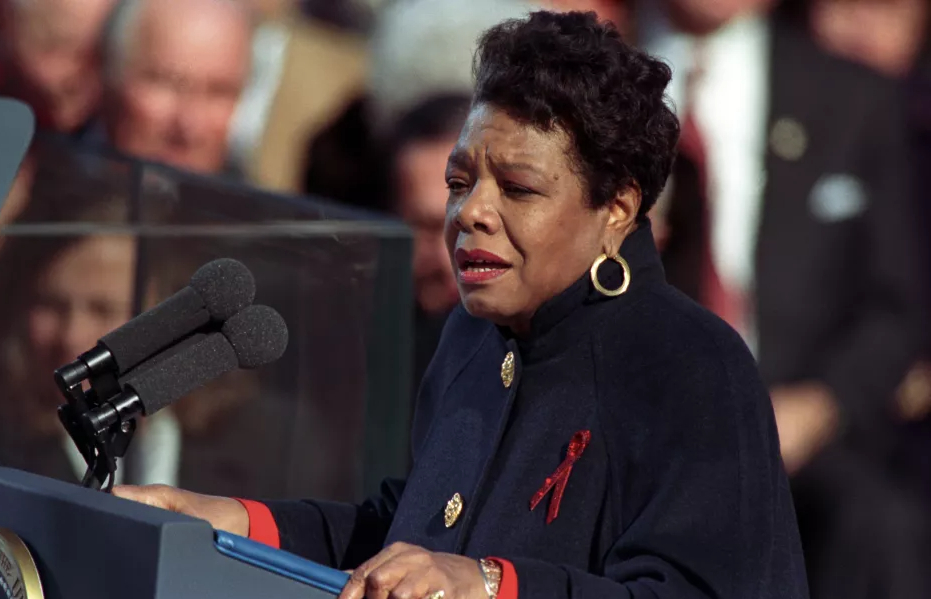
Maya Angelou was an actor, dancer and journalist, and is recognized as one of the most important figures in modern American literature. Due to childhood sexual abuse and trauma, Angelou became unable to speak for several years, according to the National Women’s History Museum. Later, she found her voice through her writing. As an adult, she became involved in the civil rights movement and befriended both Malcolm X and Martin Luther King Jr.
Despite the assassinations of Malcolm X and King, in 1965 and 1968 respectively, in 1969 Angelou published her most famous work, "I Know Why the Caged Bird Sings." The fictionalized autobiography described her experience as a young Black woman in America. The book was hailed for its revolutionary approach, beginning Angelou's career as a bestselling author of numerous books, poems and essays.
Mary Wollstonecraft (1759-1797)
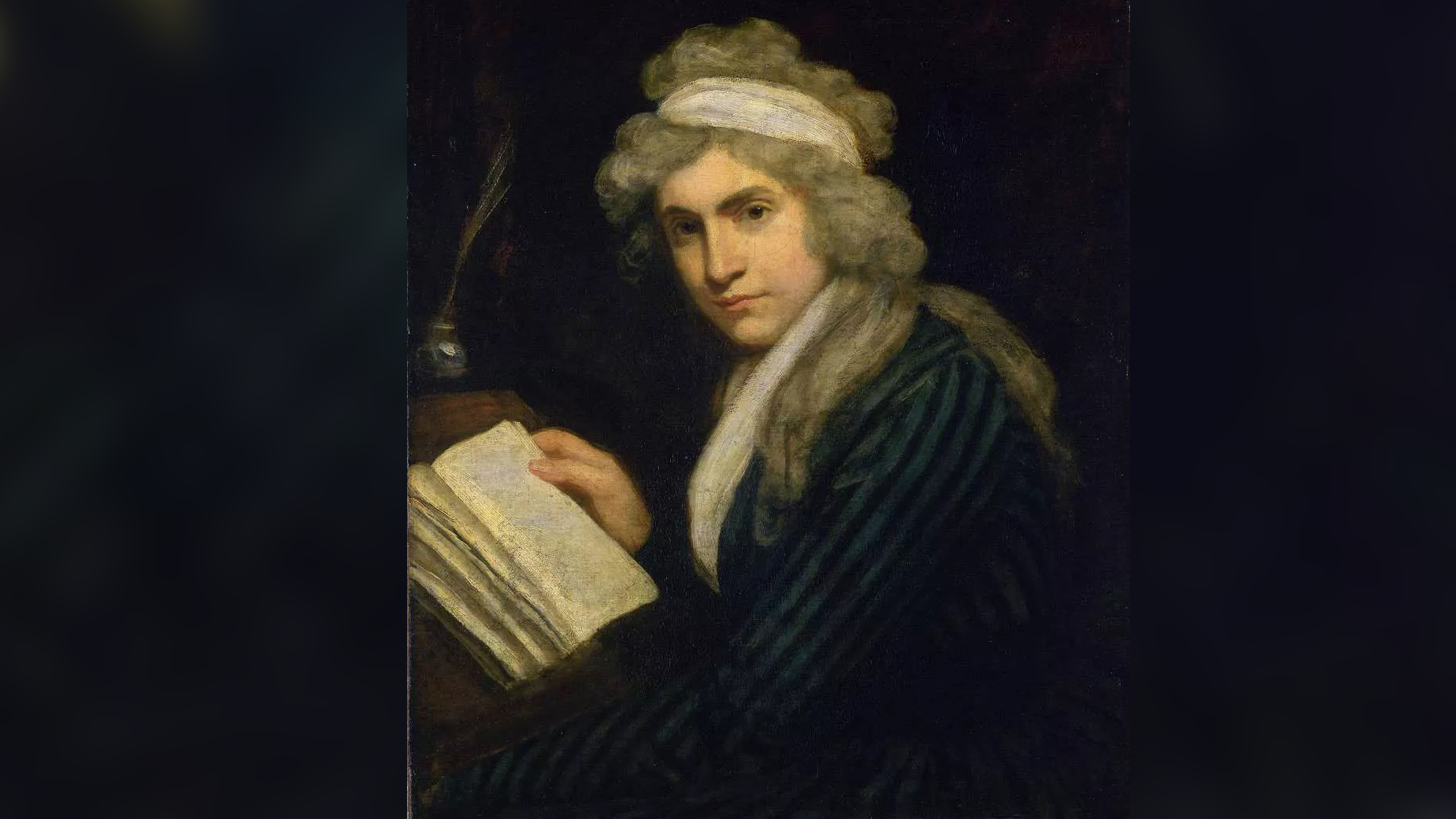
Mary Wollstonecraft lived the philosophical, feminist liberation she wrote about. She was disregarded by many in her day due to her extramarital affairs and her illegitimate daughter, and according to the British Library, the publication of her husband’s memoirs after her death did further damage to her reputation. However, a century after her death, according to the Stanford Encyclopedia of Philosophy, she was finally recognized for her moral and political writing and took her place beside her other daughter, Mary Shelley, in the pantheon of female literary greats.
Wollstonecraft’s first book, “A Vindication of the Rights of Men” (J. Johnson, 1790), was her response to the French Revolution. In it, she refuted the concept of monarchy and called instead for a republican nation. She was also frustrated at depictions of women as passive vessels in a male-dominated world, and her second book, "A Vindication of the Rights of Woman" (J. Johnson, 1792), became her best-known work. The book has since become recognized as one of the most important works of the Enlightenment.
Related: When childbirth was natural and deadly
Gertrude Stein (1874-1946)
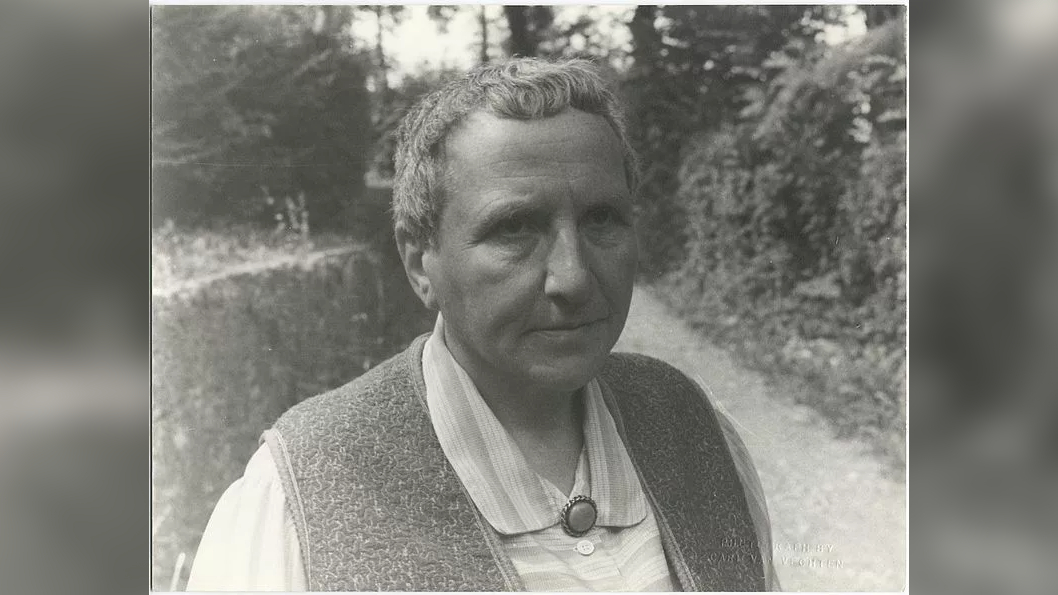
In her work as an avant-garde writer and dedicated patron to modern artists, Gertrude Stein rebelled against the patriarchy. Stein traveled around Europe, eventually settling in Paris with her brother, Leo. The pair began collecting art, particularly works by contemporary avant-garde artists. Alongside their art collections, they cultivated relationships with Parisian bohemians at their Saturday-night salon. In time, invitations to the Stein salon became the most sought-after in Paris.
After World War I ended, the Stein salon became a popular haunt for young American expats — or the “Lost Generation,” as Stein called them. Stein remained a little-known figure outside of the literary and art worlds until 1933, when she published a book titled “The Autobiography of Alice B. Toklas” (Harcourt, 1933). Not a true autobiography, Stein wrote in the voice of her life partner, Toklas. With the book’s popularity, Stein became a name and face recognized across the globe.
According to The Poetry Foundation, “Stein helped shape an artistic movement that demanded a novel form of expression and a conscious break with the past.”
Additional resources
Check out this article in the journal Nature about a new generation of historians adding women back into the scientific record. Here you can listen to women who worked in STEM in the Obama administration talk about the women who inspired them. Read Time Magazine's list of 9 important women from U.S. history you don't already know.
Bibliography
- Ginsburg, Ruth Bader. "A Conversation with Associate Justice Ruth Bader Ginsburg." U. Colo. L. Rev. 84 (2013): 909.
- Clinton, Catherine. Harriet Tubman: The road to freedom. Hachette UK, 2004.
- Purvis, June. Emmeline Pankhurst: a biography. Routledge, 2003.
- Chang, Jung. Empress Dowager Cixi: The Concubine Who Launched Modern China. Random House, 2013.
- Hanson, Joyce A. Rosa Parks: A Biography. ABC-CLIO, 2011.
- Kettenmann, Andrea, and Frida Kahlo. Frida Kahlo, 1907-1954: Pain and Passion. Taschen, 2000.
- Cassidy, Brittany S., and Hayley A. Liebenow. "Feminine perceptions of Kamala Harris positively relate to evaluations of her candidacy." Analyses of Social Issues and Public Policy 21.1 (2021): 29-50.
- Angelou, Maya. Maya Angelou: The complete poetry. Hachette UK, 2015.
- Todd, Janet. Mary Wollstonecraft: A revolutionary life. Bloomsbury Publishing, 2014.
- Dydo, Ulla E., and William Rice. Gertrude Stein: the language that rises: 1923-1934. Northwestern University Press, 2008.
Sign up for the Live Science daily newsletter now
Get the world’s most fascinating discoveries delivered straight to your inbox.
All About History is the only history magazine that is as entertaining as it is educational. Bringing History to life for readers of all ages.
- Daisy DobrijevicReference Channel Editor, Space.com











